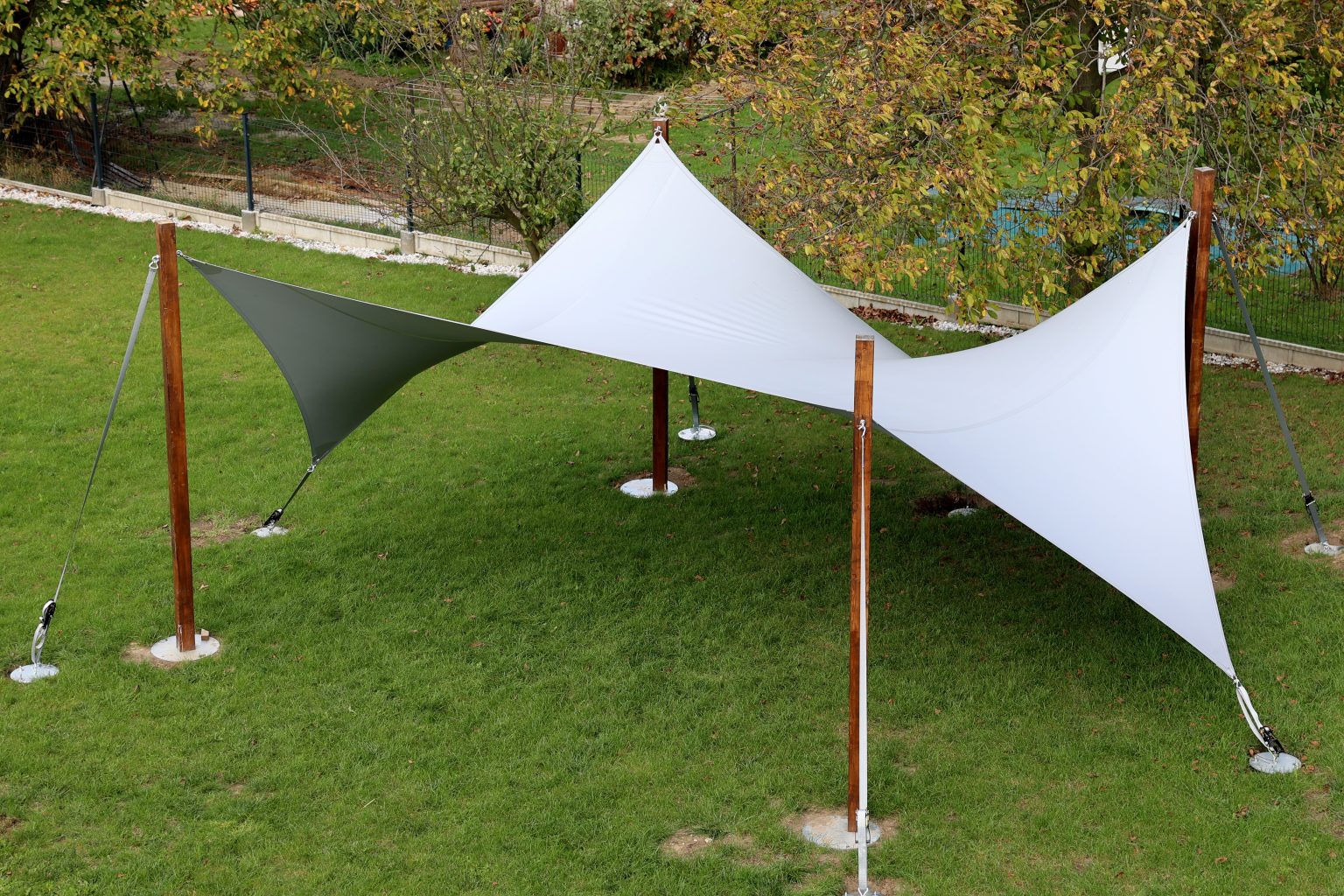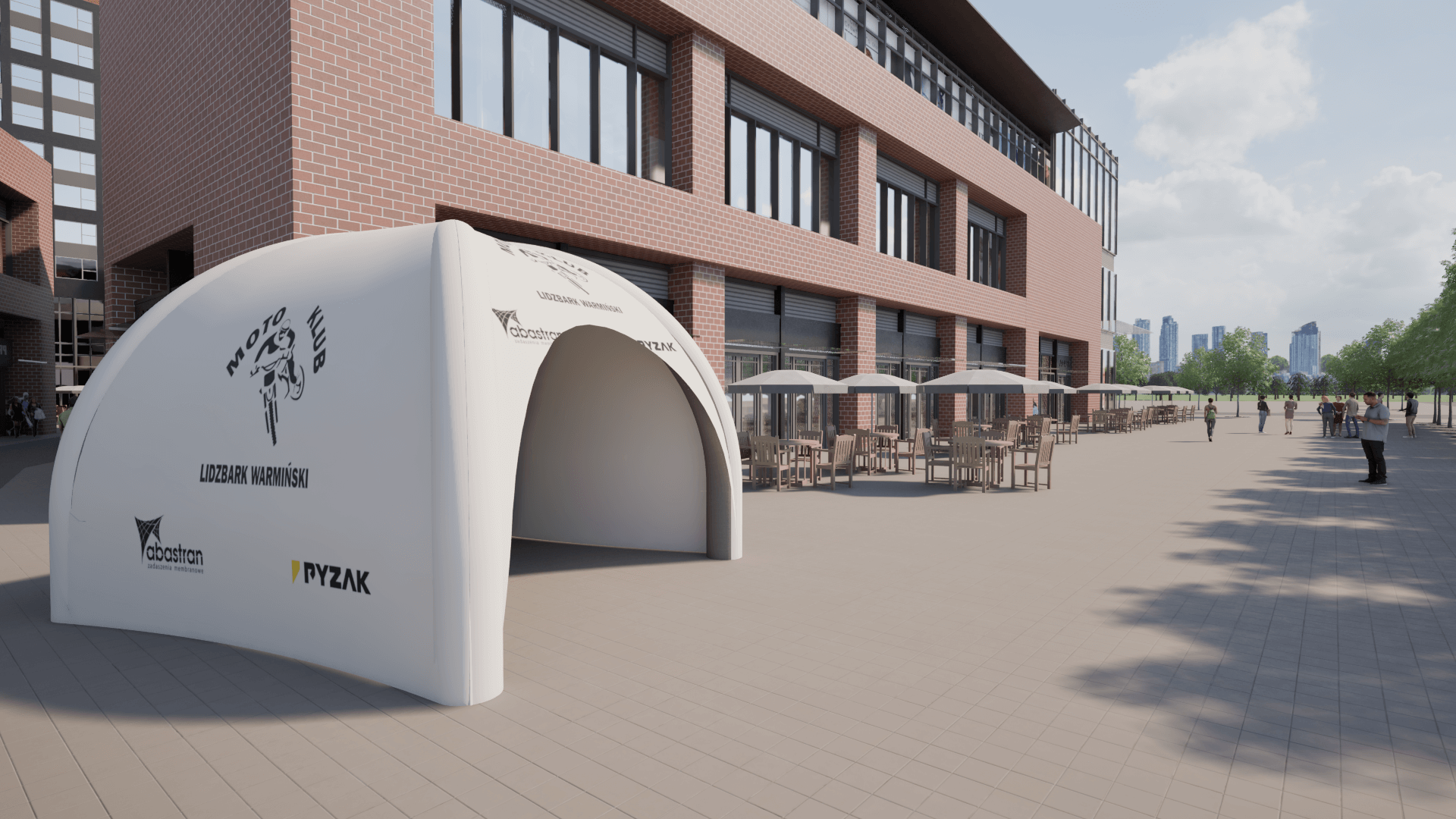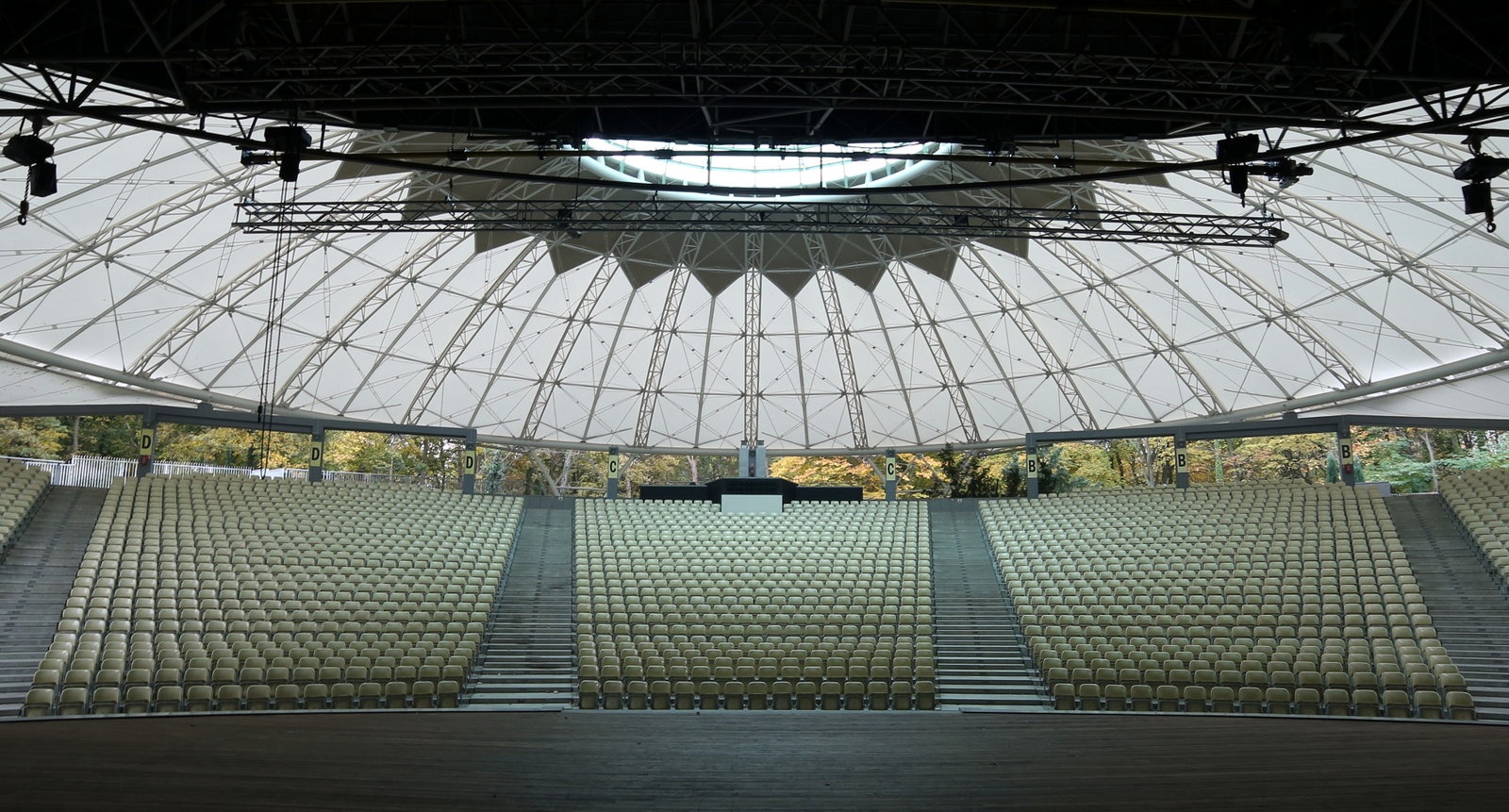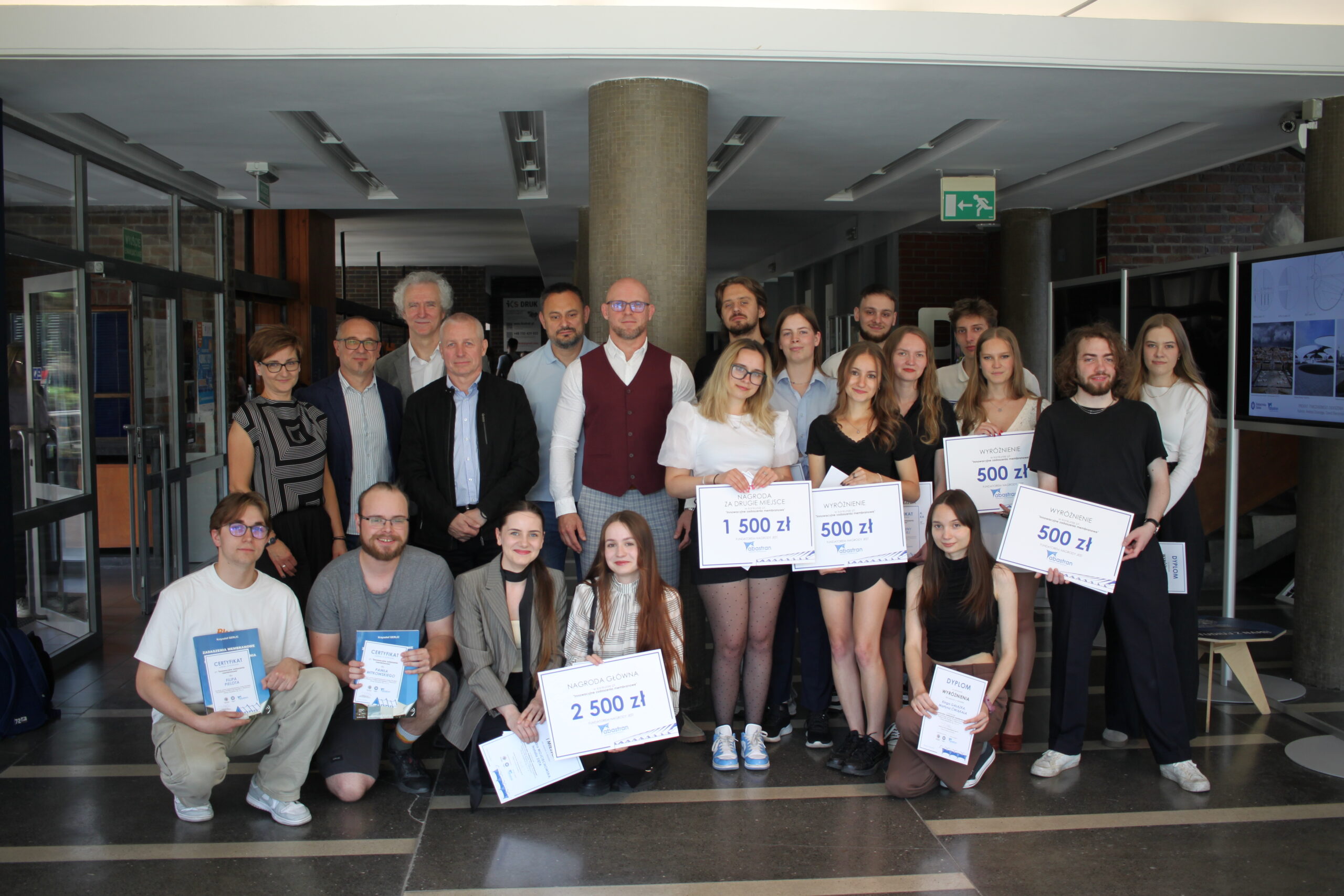
Geotechnical Categories in Lightweight Structure Design – What You Need to Know?
Proper assessment of ground conditions and assigning the appropriate geotechnical category is the foundation for the safety and durability of any structure. This applies to large-span steel halls as well as temporary roofings or lightweight membrane structures. In this article, we will comprehensively cover the topic of geotechnical categories, their practical application, and their impact on the design and investment process.
Legal Basis and Classification of Geotechnical Categories
Geotechnical classification in Poland is based on three pillars: the Regulation of the Minister of Transport, Construction and Maritime Economy, Eurocode 7, and industry standards. These documents create a coherent system that allows for the precise determination of requirements for individual types of structures depending on the ground conditions.
The classification is based on the analysis of two key parameters: ground conditions and the type of structure. Ground conditions are considered simple when uniform layers of known geology occur, the groundwater level is below the foundation level, and the area does not exhibit adverse geological phenomena. Complex conditions are characterized by non-uniform layers, variable groundwater levels, or the presence of organic soils. Complicated ground conditions include landslide areas, karst terrains, areas affected by mining damage, or expansive soils.
The consequences of incorrect classification can be severe. If we ignore the presence of local lenses of organic soils and adopt a lower geotechnical category, we may encounter uneven settlement in the future, leading to damage to the cladding and supporting structure. The repair costs in such cases often exceed the value of the geotechnical investigations that could have prevented the problem.
Characteristics of Individual Geotechnical Categories
The regulation defines three geotechnical categories, which determine the scope of necessary investigations and analyses. Understanding their specifics will help you optimize the design process.
First Geotechnical Category (GC1)
The first geotechnical category includes small building structures of simple construction, founded in simple ground conditions. In practice, this applies to temporary stage roofs not exceeding 3 meters in height, advertising tents on paved ground, or small tent halls without permanent installations.
For structures classified as GC1, a geotechnical opinion is sufficient. It includes site reconnaissance based on macroscopic examination and determination of the suitability of the ground as a building substrate. You can prepare such an opinion based on archival materials, site inspection, and simple field tests.
Second Geotechnical Category (GC2)
The second geotechnical category includes building structures with average foundation conditions or structures in simple ground conditions but with a complex structure. In practice, you will find most steel halls with girders, biogas tanks, inflatable structures, or typical membrane structures here.
For structures in category GC2, you must prepare geotechnical documentation containing a description of the ground and water conditions, determination of the geotechnical parameters of the building substrate, and a forecast of changes in the groundwater state. Your investigations should include drilling, probing, and laboratory soil tests.
Third Geotechnical Category (GC3)
The third geotechnical category concerns building structures founded in complicated ground conditions or structures sensitive to uneven settlement. This includes large-span ETFE structures in post-industrial areas, membrane structures with unusual geometry, or steel halls in landslide areas.
For GC3 structures, you must prepare full geological-engineering documentation and a geotechnical design. Your documentation should include detailed geological surveys, slope stability analyses, forecasts of the investment’s impact on the geological environment, and geotechnical monitoring during construction and after its completion.
Geotechnical Categories in Design Practice
Correctly determining the geotechnical category has a direct impact on the design process, the choice of structural solutions, and the costs of your investment. Practical application of this knowledge will allow you to optimize both the safety and the economics of the project.
In the case of ETFE structures, even with seemingly simple ground conditions, you should assume at least category GC2. This is due to the specific behaviour of these structures under wind load, where uneven foundation settlement can lead to significant changes in the stress distribution in the foil. Additional geotechnical analyses represent a small percentage of the total costs but significantly increase the safety of your structure.
For inflatable halls, it is worth applying the 120% rule – even if the formal criteria qualify your structure for category GC1, performing investigations as for category GC2 will allow you to determine the ground parameters more precisely. This is particularly important when designing the anchoring of these structures, where the uniformity of the covering tension directly affects the geometry and functionality of the object.
Membrane structures pose a particular geotechnical challenge due to their sensitivity to ground deformation. Uneven foundation settlement can lead to significant changes in the geometry of the covering, and consequently to stress concentration and premature material wear. Therefore, even for small membrane structures, you should perform at least basic geotechnical investigations, including reconnaissance of the soil layers down to the depth of the active foundation zone.
Practical Tips for Investors and Designers
Proper management of geotechnical aspects in lightweight structure projects requires a systematic approach and awareness of potential risks. The following tips will help you effectively incorporate geotechnical analyses into the investment process:
During the planning stage:
– Start with a preliminary geotechnical reconnaissance already at the site selection stage
– Use available archival materials, geological maps, and information about neighbouring structures
– Adjust the scope of geotechnical investigations to the specifics of the designed structure
– Remember the seasonal variability of ground and water conditions
During implementation:
– Include the time necessary for geotechnical investigations in the investment schedule
– For temporary structures, consider a modular foundation system
– Consult the investigation program with the structural designer
– Consider geotechnical monitoring for structures sensitive to changes in ground conditions
If you need support with geotechnical analyses for your membrane, steel, or inflatable structures, contact us. At Abastran, we combine specialized geotechnical knowledge with many years of experience in designing and implementing lightweight structures, which allows us to offer comprehensive and optimized solutions.

Advertising Tents as an Investment – How to Increase Brand Recognition at Events?


Competition for Innovative Membrane Roofing – Results and Inspirations
This year, we had the pleasure of organizing a competition together with the Faculty of Architecture at the Silesian University of Technology for 6th-semester students to design innovative membrane roofing. The award ceremony, held at the Faculty of Architecture in Gliwice, was the culmination of the young designers’ creative and technical journey.



